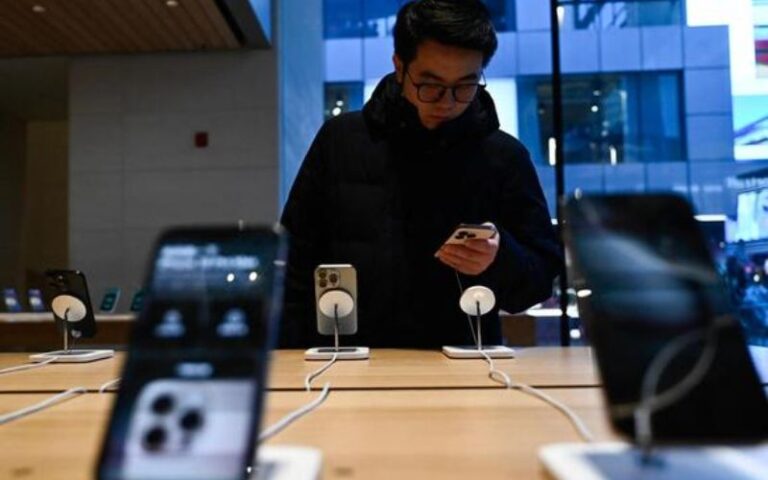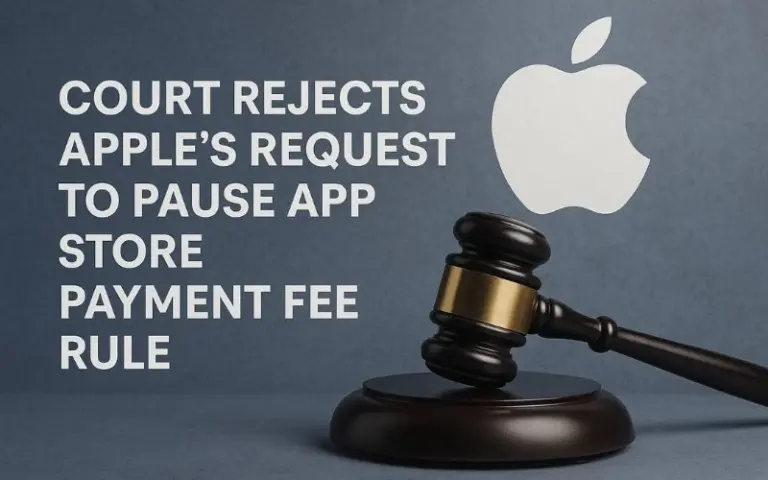Volkswagen’s Self-Driving Robotaxis to Hit Uber Rides in U.S.

Big changes are coming to the way people get around in America. Volkswagen (VW), the famous carmaker from Germany, is teaming up with Uber, the ride-hailing giant, to put thousands of robotaxis on the roads in the U.S. These won’t be just any taxis; they’ll be electric, self-driving vans, and they’re expected to hit the streets starting in 2026.
What Are These Robotaxis?

Volkswagen plans to use a vehicle called the ID. Buzz. It’s kind of like the old-school VW vans from the 60s and 70s, but way cooler and high-tech. It runs on electricity and doesn’t need a human driver. That’s right, it’s self-driving. These vans will be loaded with sensors, cameras, and smart software that help them “see” the road and make safe driving decisions.
This new ID. Buzz will be roomy, with space for up to 7 people, making it perfect for picking up Uber riders in busy cities.
Where Will It Start?
Volkswagen and Uber say the robotaxi project will first roll out in Los Angeles, California. That’s a big city with lots of traffic and people using Uber every day. Testing will begin in late 2025, but they’re planning to officially launch the service in 2026 if everything goes well.
At the beginning, there will still be human safety drivers sitting in the vehicle just to make sure everything runs smoothly. But eventually, the goal is to have these robotaxis driving around with no human drivers at all.
Who’s Behind the Tech?
This isn’t just VW working alone. Their company called MOIA is handling the software and self-driving tech. MOIA has already been working on ride-sharing and autonomous driving in Europe, so this project builds on that experience. They’re working with CARIAD, another VW company that develops digital systems for their vehicles.
Together, they’ve built a self-driving system that they believe is smart enough to handle real-life driving: busy intersections, stop-and-go traffic, pedestrians, you name it.
Why Are VW and Uber Doing This?
There are a few big reasons:
-
Saving Money: With no driver, Uber can reduce labor costs.
-
Going Green: These robotaxis are electric, which means less pollution.
-
New Tech Race: VW wants to compete with other carmakers like Tesla and GM in the self-driving game.
-
More Rides for Everyone: In the long run, robotaxis could make Uber rides cheaper and more available.
It’s a win-win for both companies VW gets its cars in front of millions of Uber users, and Uber gets a new fleet of futuristic vehicles.
What’s It Like to Ride in One?

If you’re thinking this might feel like something out of a sci-fi movie, you’re not wrong. Inside the ID. Buzz, there will be no steering wheel or pedals (eventually). Riders will just hop in, set their destination in the Uber app, and the van will take off on its own.
The inside will likely feel more like a lounge than a car open seats, a quiet ride (since it’s electric), and no small talk with a driver. Some people might find it exciting. Others might need time to get used to it.
Is It Safe?
Safety is the number one concern. That’s why VW is rolling this out slowly. Every robotaxi will be thoroughly tested, and for the first phase, there will be a human sitting in the driver’s seat just in case something goes wrong.
Also, the self-driving system has been trained on thousands of hours of driving data. It can detect things like people crossing the road, cars swerving, and even road construction. It’s not perfect yet, but tech is improving fast.
Also Read:
- Firefly Gets Smarter: Adobe Rolls Out New Image Generators
- Samsung SmartThings App: Expanded Home Automation Features
What Does This Mean for Drivers?
This is a big question. Many folks make a living driving for Uber. With self-driving cars, some are worried their jobs might go away. Uber says human drivers will still be needed for many years, especially in areas where self-driving cars can’t operate safely yet.
Also, robotaxis won’t be everywhere right away. Cities have different rules and road conditions, so the rollout will be slow. Human drivers will still have plenty of work, at least for the near future.
Also Read:
Spotify’s Royalty System: Fair or Unfair? Let’s Break It Down
What’s Next?
After launching in L.A., VW and Uber hope to expand to other major U.S. cities. Think of places like San Francisco, Miami, or New York City. If the tech proves safe and reliable, and if people like using it, we could be seeing thousands of these ID. Buzz robotaxis are picking up and dropping off riders all across the country.
We’re heading into a future where cars might not need drivers, and ridesharing could become cleaner and more affordable. Volkswagen and Uber are leading the way with this new partnership. Starting in 2026, when you open the Uber app in Los Angeles, there’s a good chance you’ll be stepping into a self-driving electric van, and that’s just the beginning.






